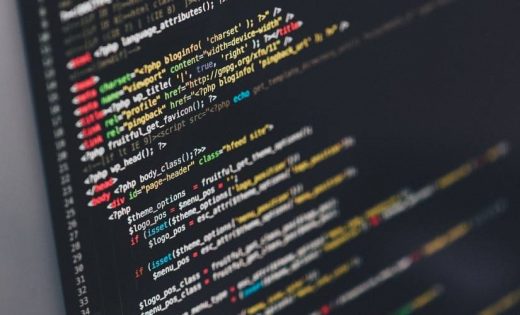3 Tips to Convert a Data Science Internship into a Job
3 Tips to Convert a Data Science Internship into a Job

Transitioning from an internship into a high-paying career is hard. In the data science world, the competition for employment is intense. While there still are a lot of unfilled roles out there, most of them require something slightly more than just a textbook education.
The best way to make the leap from a university education to the practical skills needed for a data science job is through an internship. However, turning a data science internship into a job offer can be challenging.
Look at it this way; an internship is like having one foot in the job market.
- In this sense, the intern is already ahead of their strictly-academic peers.
- Interns have real on-the-job training in applying the theory of data science to problems in an employment setting.
- Four-year college graduates have a lot of knowledge that’s never been tested in the real world.
- There are hundreds of data science graduates still struggling to break into the field.
- An internship is almost a necessity, but it’s not the only step to guarantee a data science job.
Here are three ideas for helping those with internship experience gain a competitive edge.
Tip 1: Highlight Problem-Solving Resume Skills.
For the past three years, Glassdoor has listed the Data Scientist role as the best job in the United States. No wonder the competition is fierce. But getting there with just a degree in hand usually isn’t possible.
Data analyst and researcher, Tomi Mester, points out that the problem is that universities sometimes do not teach the most practical skills needed for the career-driven junior data scientist. That’s why internships are so important.
But one key to making the best use of the internship is how it’s presented on a resume. For example:
- Use the resume to highlight the problems the internship solved.
- How did the internship contribute to the overall corporate project?
- What methodologies and languages were used?
- What, exactly, was accomplished?
- Lead with a testimonial from the internship. Gone are the old days when an objective would be at the head of every resume?
- Now, lead with a killer quote from an internship team lead or supervisor highlighting your contribution.
- Mention the volume of responsibility held in the role and how the internship helped the organization succeed.
In every application, tailor the resume and cover letter to fit the role you want. Then, use the resume and cover letter to candidly share what it was like to work elbow-to-elbow with more experienced data scientists and what you learned.
Tip 2: Showcase Practical and Soft Skills, and Don’t Be Afraid to Ask for Resume Help
When the internship is over, ask yourself if the internship maximized the on-the-job relationships to which you had access. Many times, interns go back to academia failing to leverage the relationships they made on the job. Asking a supervisor for a testimonial on your work is important.
But what about sitting down with the company’s human resource department for tips on converting the role to a job later on? The HR team may have recruiting firm contacts for you to reach out to when you are ready to land a job. You could also ask the HR team if they would be willing to help you craft a resume based on your practical, not academic, skills.
This brings up another point about soft skills. There are many types of data science roles out there. Many require some sort of interaction with people, such as explaining data sets to the business side of the company. If you’re getting into data science because you feel like you lack people skills and prefer algorithms, think again.
Today’s data scientist engages in inter-departmental collaboration. This means your ability to interact, network, and communicate with various teams is more important than ever before.
The impression you leave after the internship is over should be bright, positive, and interactive. Practice these soft skills by chatting with HR, networking, and making full use of the connections you forged in the business internship.
Tip 3: Have a GitHub of Side Projects
The whole point of the internship is to begin developing real world skills. Setting up a GitHub portfolio of real data pet projects is essential for illustrating how you think and solve problems. If you’re building a decision tree for data regression or a self-learning chatbot in Python.
This is something different that illustrates your desire to apply data science to something useful in real life. Or, if writing about data science is you are good at, start a blog or publish what you’re learning on LinkedIn. The point is to find new, creative ways to illustrate your worth to future employers.
Taking the Next Step
Converting a data science internship into a data science job requires thinking outside to box for new ways to maximize the experience. Use your creativity to optimize the internship experience and start your career.
Since the field of data science is relatively new, there is no one way to secure a job in the industry. Talk to other professionals and ask them how they reached the career they want and test different methods for getting your work seen.
The post 3 Tips to Convert a Data Science Internship into a Job appeared first on ReadWrite.
(12)


